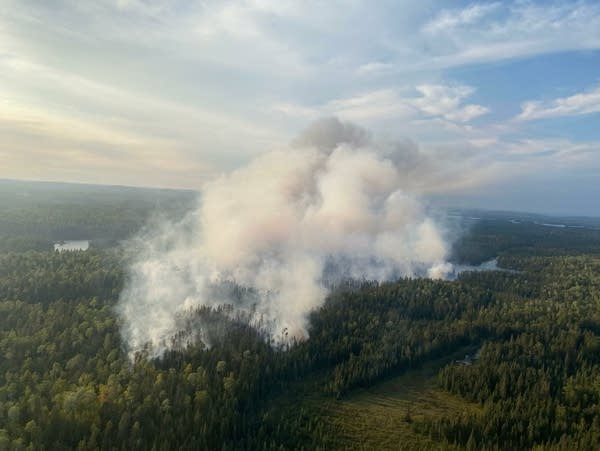Wilderness closed: BWCA cleared of visitors amid increased fire danger

Smoke rises from the John Ek fire in northern Minnesota's Boundary Waters Canoe Area Wilderness on Friday.
Superior National Forest
Go Deeper.
Create an account or log in to save stories.
Like this?
Thanks for liking this story! We have added it to a list of your favorite stories.


